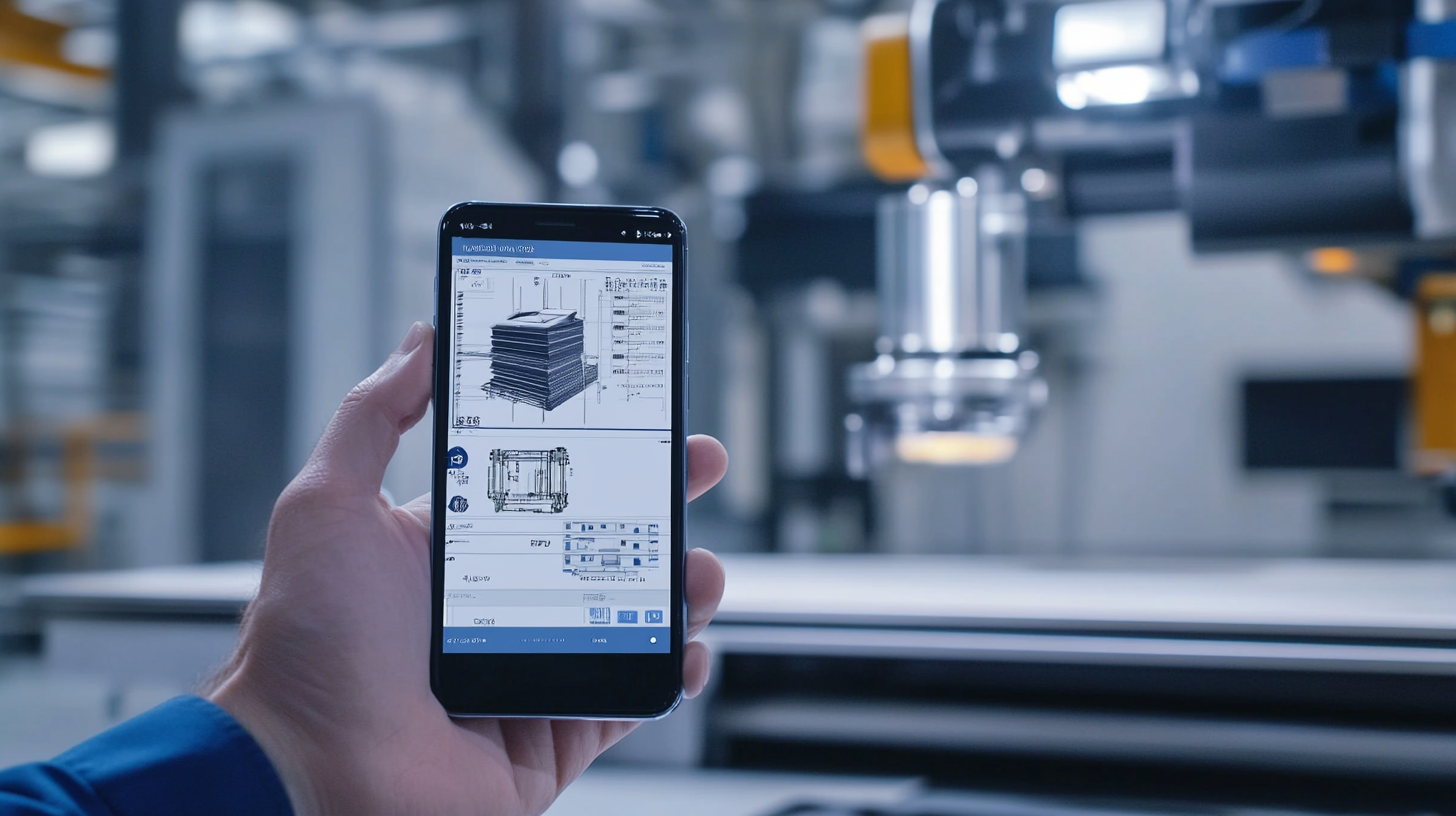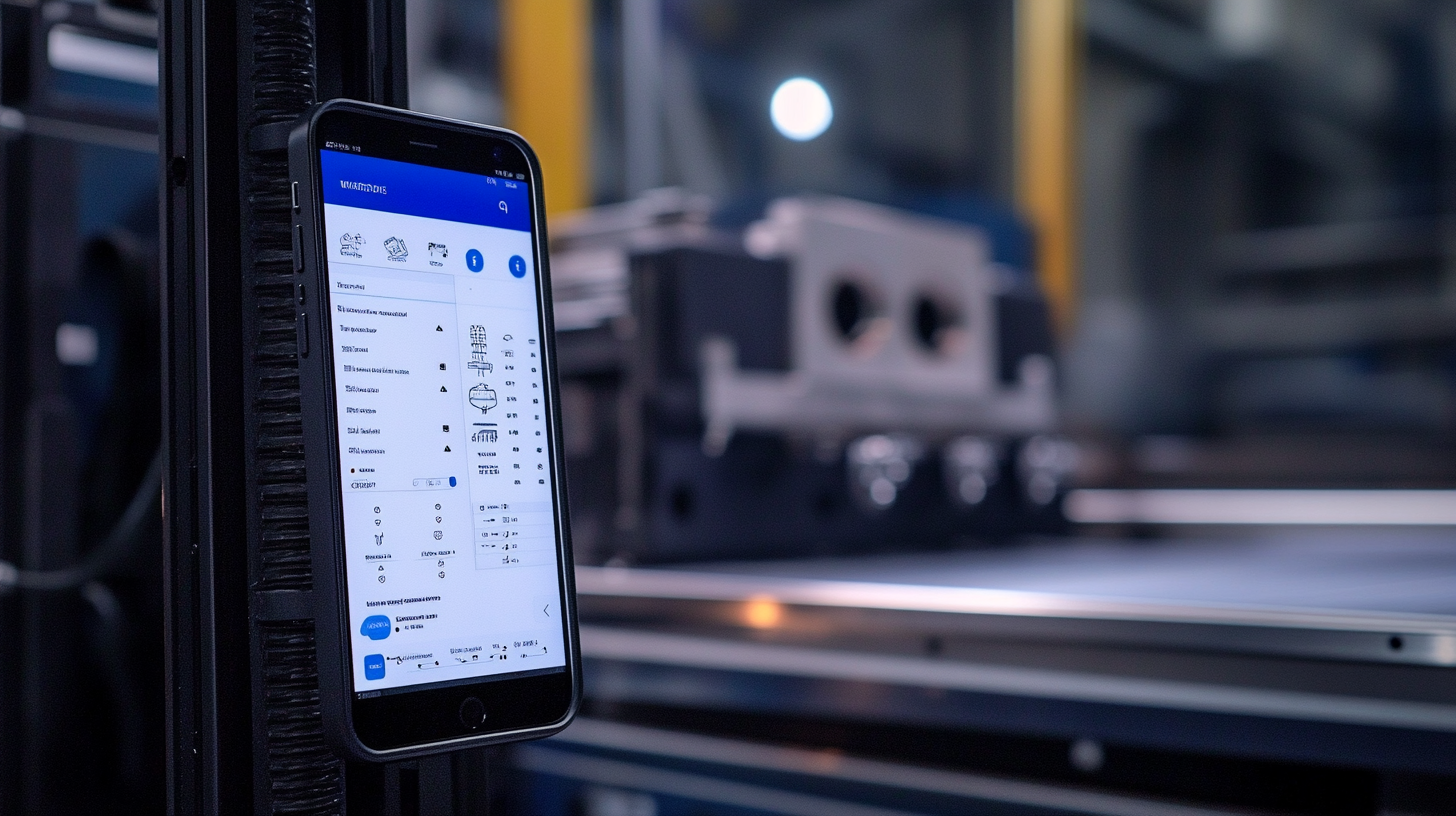Streamlining Sheet Metal Workflows with Mobile Tools
As a leading Ukrainian manufacturer of fencing profiles, façade systems, and sealing profiles, Mehbud understands the importance of efficiency in sheet metal processing manufacturing workflows. In today’s competitive market, even companies with advanced equipment and experienced staff benefit from digital assistance. Mobile factory tools and lightweight applications are transforming how fabrication shops operate – from the design office to the shop floor. By using specialized apps for tasks like CAD viewing, machine monitoring, production tracking, and inventory management, manufacturers can eliminate paperwork, reduce errors, and keep teams in sync in real time.
Real-world example: SodaStream’s factory implemented a mobile workforce app to digitize safety and operations reporting. The result was a 70% increase in safety reports submitted within a few months (SodaStream chose Connecteam as its all-in-one employee App) – a clear sign that mobile apps can boost communication and proactivity. This is just one case showing how embracing digital tools can improve productivity, cut down on mistakes, and enhance collaboration on the shop floor. Below, we highlight 12 of the best mobile apps and tools (including some Chrome-accessible and desktop-lightweight solutions) that can simplify the workflow in sheet metal processing manufacturing environments.



